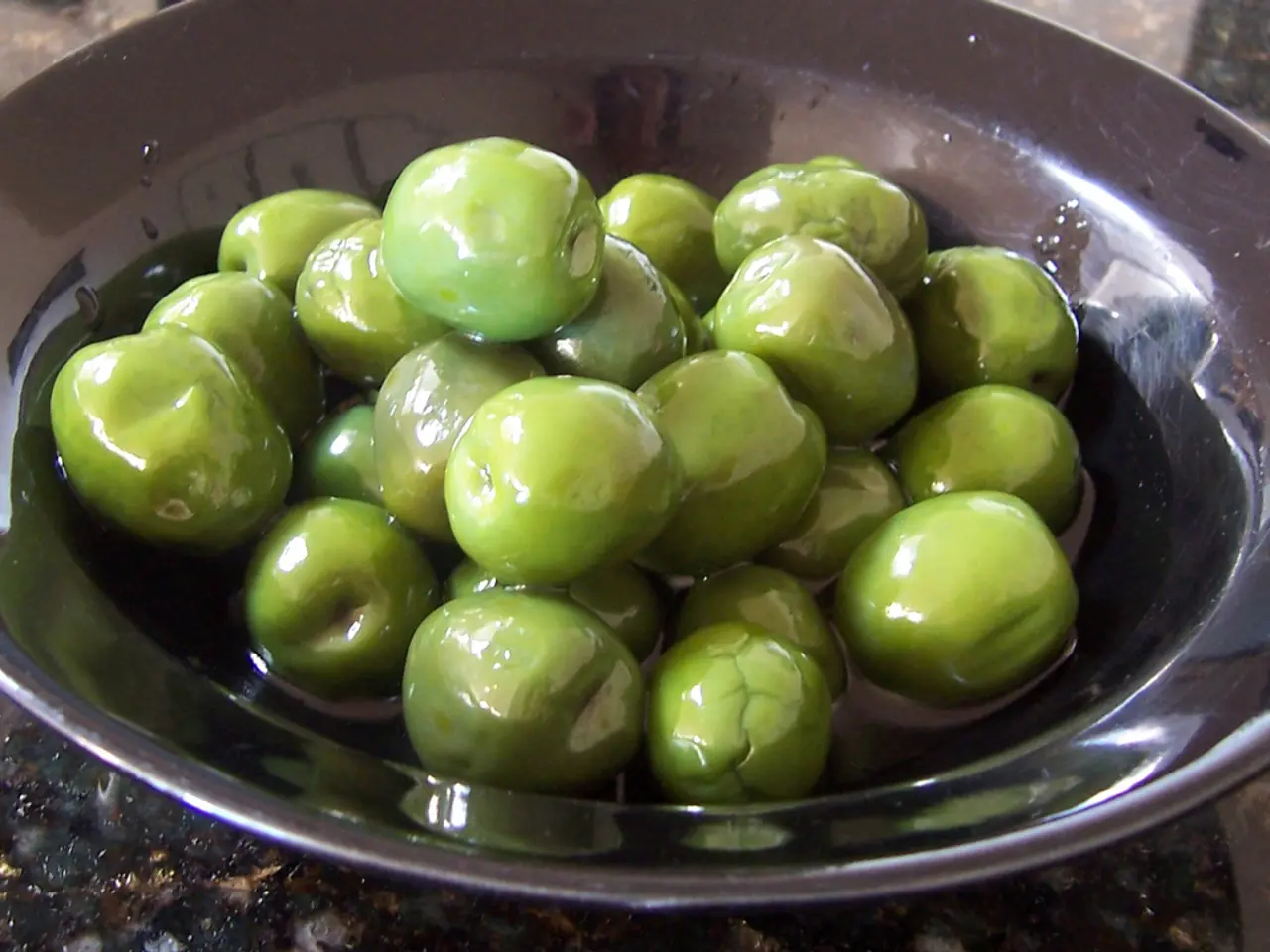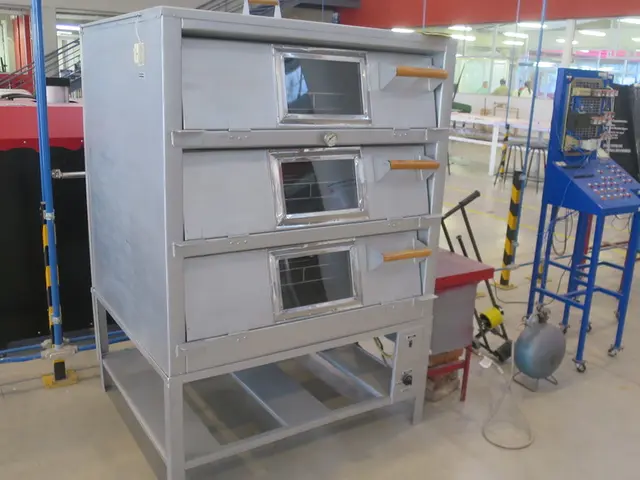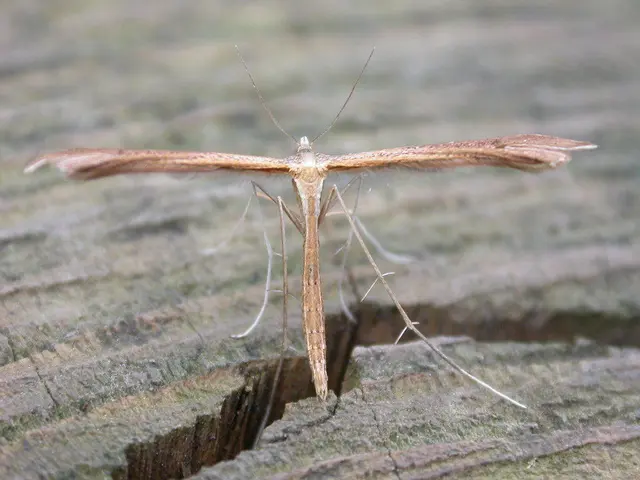Method for cultivating olives
Growing Olive Trees in Pots in the UK: A Comprehensive Guide
Olive trees, a staple of the Mediterranean, can also thrive in the UK with the right care and attention. Here's a guide to help you cultivate these resilient trees in pots.
Choosing the Right Olive Tree
When selecting an olive tree for a pot, opt for compact varieties such as 'Leccino', 'Cipressino', or 'Arbequina'. These varieties are well-suited to the UK climate and smaller gardens. Consider buying a larger tree as olive trees grow slowly.
Location, Location, Location
Olive trees prefer a sunny, sheltered location. Indoors, position your potted tree near a south-facing window, while outdoors, choose a bright, sheltered spot.
Sunlight
Olive trees need at least 6 hours of direct sunlight daily. Ensure your potted tree receives adequate sunlight by placing it in a sunny spot.
Watering
Allow the soil to dry out slightly between waterings. Olive trees dislike soggy roots and require well-drained soil. For indoor trees, water about once a week using moderate amounts, but always check soil moisture first.
Pot and Soil
Use a pot large enough to accommodate growth and ensure it has good drainage. Adding gravel or similar material at the bottom improves drainage and prevents root rot. When planting an olive tree in a pot, use a loam-based peat-free compost such as John Innes No.3, and add a few handfuls of horticultural grit to aid drainage.
Feeding
Feed your olive tree with a slow-release fertilizer or seaweed feed in spring and mid-summer. Indoor trees benefit from fertilizing twice a year with a small amount of slow-release fertiliser.
Pruning
Pruning encourages fruiting and maintains shape. Prune olive trees from late spring to the end of summer.
Climate and Hardiness
Olive trees can withstand UK temperatures down to -7°C to -18°C. They require a cold period of at least two months to encourage fruiting. In cold weather, pots can be protected or moved indoors temporarily during frost.
Pests and Diseases
Common issues in the UK include fungal diseases like Peacock Spot. Prevent it by applying fungicides (e.g., Vitax Bordeaux Mixture) in autumn and spring, removing infected leaves, and maintaining airflow through pruning.
Caring for Your Olive Tree
Olive trees are slow growing and do not need much pruning. They are also resilient to pests and diseases, but it's essential to check for signs before planting an olive tree.
Growing an Olive Tree from Seed
While it's possible to grow an olive tree from seed, it's a long process and the plant will revert to a wild variety. Most olive trees are supplied pot-grown and can be planted at any time of the year.
Propagating an Olive Tree
Olive trees can be propagated by taking semi-ripe cuttings in summer or hardwood cuttings in winter. Mycorrhizal fungi can help an olive tree establish quickly when planted in a border.
Growing Conditions
Olive trees do best in free-draining soils and can benefit from being moved to a sheltered spot for winter. They can be grown in borders or pots.
Potential Challenges
Olive trees can be affected by extremely cold weather, below -10°C, which can cause damage to the foliage and bark. Extreme wet can cause leaves to drop and weaken the olive tree, making it susceptible to diseases like verticillium wilt, phytopthora root rot, and honey fungus.
Buying an Olive Tree
Only buy olive trees from a reputable supplier, as olives are host to the disease Xylella fastidiosa. Many cultivars of olive trees tolerate cooler temperatures.
Making Olives Edible
Olives need to be soaked in a brine solution for up to six weeks to make them palatable.
In Conclusion
With the right care and conditions, potted olive trees in the UK can thrive, providing a touch of Mediterranean charm to your garden.
Incorporating olive trees into your home-and-garden lifestyle can be achieved by cultivating them in pots, creating a unique blend of the Mediterranean and the UK. To establish a successful home-and-garden gardening project, consider opting for compact olive tree varieties suited to the UK climate such as 'Leccino', 'Cipressino', or 'Arbequina'.




